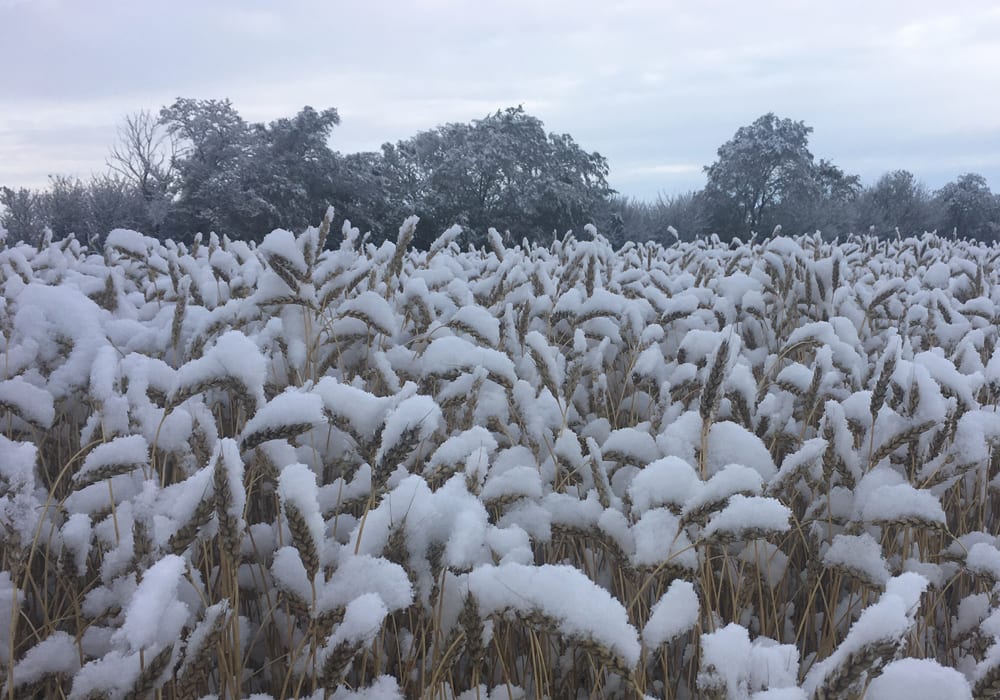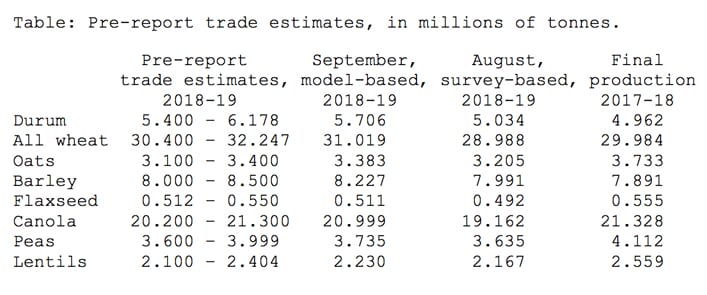After the long drawn out harvest this fall, some analysts are predicting Statistics Canada’s final Production of Principal Field Crops numbers could vary from the usual pattern.
“This is a very uncertain report because that was probably one of the most bizarre falls we’ve ever had on the Prairies,” said Ken Ball of PI Financial in Winnipeg, Man.
The usual pattern for Statistics Canada production reports is the reports released earlier in the growing year are lower and then each report after usually sees the production numbers grow. However, this year could see the numbers closer to previous reports than in years past.
Read Also

Farming Smarter receives financial boost from Alberta government for potato research
Farming Smarter near Lethbridge got a boost to its research equipment, thanks to the Alberta government’s increase in funding for research associations.
This growing season varied from a “normal” year. Hot, dry weather throughout August caused stress on crops. Then in September, Mother Nature pulled a complete 180, switching to cold and wet weather which delayed the harvest well into October.
“I think probably the model numbers maybe over-estimated things a bit this year. So I think most people are guessing that the real crop is sort of somewhere in-between the model number and the July report,” Ball said.
From pre-report estimates collected by Commodity News Service Canada many market analysts are expecting wheat production to grow, with estimates for total wheat production falling between 30.400 million to 32.247 million tonnes, which would be higher than the August survey-based report, but in line with the September model-based report. Canola production estimates are between 20.200 million to 21.300 million tonnes, which is in-line with the September report but higher than the August report.
Another analyst thinks the report could vary greatly and pack some surprises. Talking with farmers in northern Alberta, who were largely affected by the delayed harvest, Mike Jubinville of ProFarmer Canada has heard harvest results differed from town to town.
“It may be more of a quality issue than it is a yield issue. But there’s been an issue there because they went through a month of crop that was either sitting in swath or uncut because it got cold and wet,” he said.
Jubinville expects there could be some trimming of the production numbers from the September report, due to the challenging harvest.
“But there’s an incredible resiliency to these crops that they may stand up better than we think and hold up and not really get trimmed too much,” he said.


















